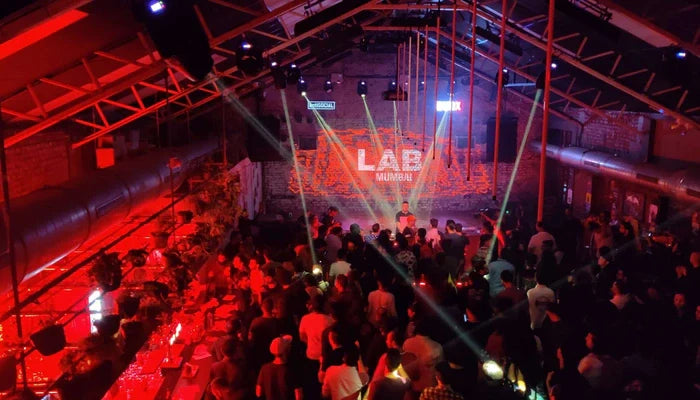Something electric is bubbling beneath the surface of India’s nightlife. From the dust-laced dunes of Rajasthan to neon-soaked basements in Bangalore, the country’s underground electronic music scene isn’t just alive—it’s thriving. Driven by a surge of DIY spirit, tech accessibility, and a hunger for authentic sonic expression, India is quietly building one of the most exciting underground cultures on the planet.
But here’s the question: can it stay underground?
From Grit to Groove: The Rise of the DIY Rave
Step aside velvet ropes and VIP lounges—India’s most exhilarating parties are happening far from the mainstream. In cities like Delhi, Mumbai, Pune, and Bengaluru, independent crews are hosting warehouse takeovers, rooftop minimal sessions, and late-night forest raves that make you forget what time is.
This is a movement powered by passion, not profit. These events don’t chase Instagram likes or sponsored bottle service—they’re about atmosphere, community, and the music. It’s where the opening set matters as much as the headliner, and the crowd cares more about energy than status.
Genre-Fluid and Globally Aware
Gone are the days when Indian producers were pigeonholed into trance or Bollywood remixes. Today’s creators are cross-pollinating everything—techno with Carnatic textures, jungle with jazz, ambient loops with desi folk samples.
Thanks to cheap gear, open-source software, and a universe of online inspiration, beat-makers from Nagaland to Kerala are dropping tracks that could easily slide into a Berghain set—or a Boiler Room broadcast. The internet hasn’t just leveled the playing field; it’s blown the gates wide open.
Commercial Eyes on Counterculture
With all this organic growth, it was only a matter of time before the mainstream came sniffing around. Brands want in. Labels want in. Streaming platforms want to turn your 2AM industrial techno set into “Chill Night Beats Vol. 3.”
The fear? That the underground becomes sanitized—just another playlist in the algorithm, just another aesthetic to be commodified. Because when money enters the room, sometimes the soul slips out the back door.
Can It Stay Real?
India’s underground is at a critical juncture. There's never been more talent, more global curiosity, or more momentum. But if it’s to retain its identity, it’ll need gatekeepers who aren’t afraid to say no to a cheque if it compromises the vibe. It’ll need collectives who care more about their community than a Coachella slot. It’ll need artists who remember why they started producing beats in their bedrooms to begin with.
The underground doesn’t need to go mainstream. It just needs to keep going.

